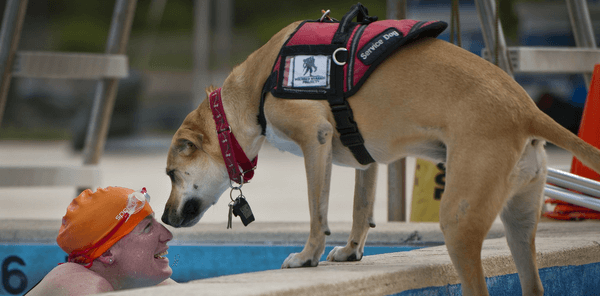 August 5-11 is International Assistance Dog Week. During this week, we want to recognize all of the hard working, devoted service assistance dogs and the people they assist. To learn more about this observance, visit assistancedogweek.org.
August 5-11 is International Assistance Dog Week. During this week, we want to recognize all of the hard working, devoted service assistance dogs and the people they assist. To learn more about this observance, visit assistancedogweek.org.
Most of us have seen a service dog at least once, and many of us know someone who needs the assistance of one of these incredible animals. Usually, a service dog will be easily identifiable because they will be wearing a vest or a harness with a patch that says: “Assistance Dog”, “Service Dog”, “Guide Dog”, “Working Dog”, “Emotional Support Dog” or another similar title.
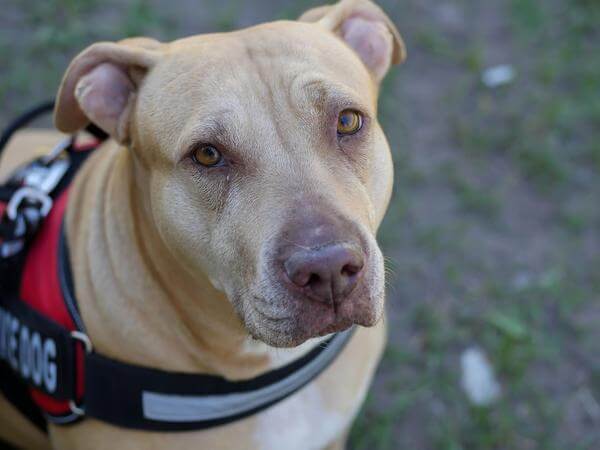
What Do Service Dogs Do?
There are many different breeds trained to be service dogs, and many different types of service dogs that assist in different ways. A service dog perform duties such as:
- Assist a person who is blind
- Assist a person who is deaf
- Assist a person with mobility issues or who is in a wheelchair
- Alert a person who experiences seizures for those with epilepsy
- Assist a person with mental health issues, and
- Provide support for people with PTSD or other emotional issues, including military veterans.
Service dogs go through extensive training daily to learn how to help with the specific needs of their handlers/owners. They can retrieve items, get medications from cupboards or the fridge, pick up dropped items, open and close doors, alert handler of traffic, help cross the street safely, push a medical alert button, and much more.
Even though you might see them and be around them often, most people really don’t know how to properly interact with a service dog when they come across them.
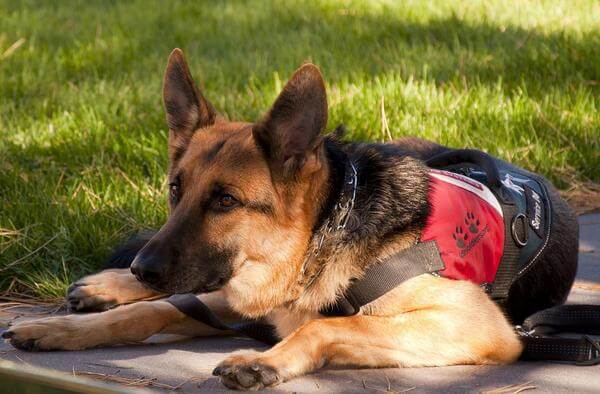
What NOT to Do Around a Service Dog
- Don’t speak directly to the dog. The dog and handler are a team. If you have a question or concern talk to the handler.
- Do not pet or touch a service dog. He is there to do the job he was trained for and not to socialize. He needs to pay attention to his handler and his surroundings.
- Don’t try to feed the service dog or give it water. Your offerings may distract him from his job.
- Don’t bring your own dog close to the service dog without first asking the handler if it’s ok.
- Do not help a service dog and handler without asking first, even if they seem to need it. They may reject your offer to help, and it’s usually for a good reason.
- Don’t allow your children to approach a service dog or scream loudly around them.
- Don’t interact with the service dog at all unless you have permission, including telling the dog what a great job he’s doing, whistle at him, or ask him to come see you.
- If you see a dog in a public building or area dogs aren’t allowed, just assume it is a service dog and don’t approach the owner and tell them dogs aren’t allowed in there.
- If you work in a place a handler has brought a service dog into don’t ask to see papers to prove it. They are not required by law to have papers or show papers.
- Don’t say you wish you had a service dog too. That just means you wish you were disabled and are disregarding the handler’s disabilities.
What You CAN Do Around A Service Dog
- Do let a handler know if his service dog has approached you without you engaging with it, but don’t pet it without asking.
- You can ask to pet the dog, but don’t get offended if they say no. It just means their dog needs to concentrate to do his job.
- Think of the dog as “in the middle of working hard” and doesn’t want to be disturbed.
- Admire from afar how well the dog and owner work as a team.
- Treat the handler with sensitivity and respect. You can talk to them and chit chat, but don’t ask personal health questions, like why they have a service dog, or what’s wrong with them.
- If you are a business owner and you question whether or not a dog is a service dog, you are allowed to ask two questions. By law, these are the ONLY two questions you can ask:
1.) Is the dog a service dog?
2.) What work does the dog perform?
- Assume most dogs that are in a restricted area or appear to be working are service dogs. They don’t all wear vests or announce it and they don’t have to by law. If you are wondering if a dog is a service dog, just observe how the dog is acting.
- Depending on the disability of the handler, a service dog may be their lifeline. Their dog means the world to them. Don’t distract them because their life is dependent on the dog doing his job.
Don’t Feel Sorry for the Dog
Some people might feel “sorry” for a service dog because they have to work all the time. In reality, handlers are well trained on how to care for their dog. Service dogs are incredibly loved and valued; they do have lots of down time to run and play and just be a dog. In fact, we have had numerous certified service dogs come and play with us at Canine Campus over the years when their handler wants to give them some well-deserved “time off. Service dogs are well taken care of, well-adjusted, highly-trained and socialized animals – and they love “working” because it gives them a sense of purpose and connection to their person.
Always Treat a Service Dog and Handler With Respect
It’s important people understand that training and socializing a service dog requires patience, dedication and persistence. It is not easy to be a service dog handler; it takes a special person that has the tenacity, commitment and enthusiasm to continue to work with their dog. Please remember to always treat a person with a service dog respectfully and don’t ask them if they need help!
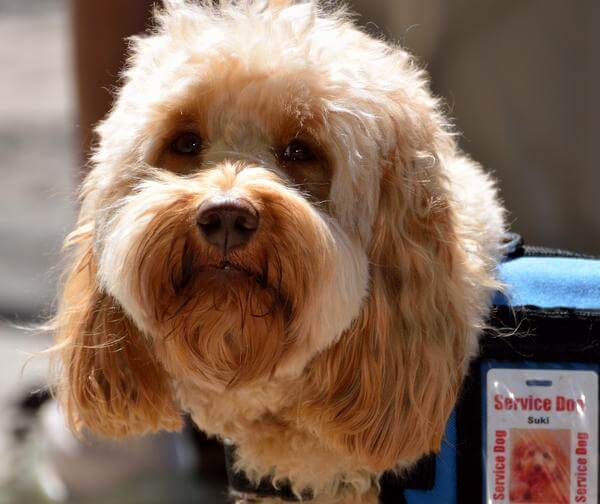
What experiences have you had with a service dog? What questions do you have about service dogs that we not answer in this post? Please leave your questions in the comments below.

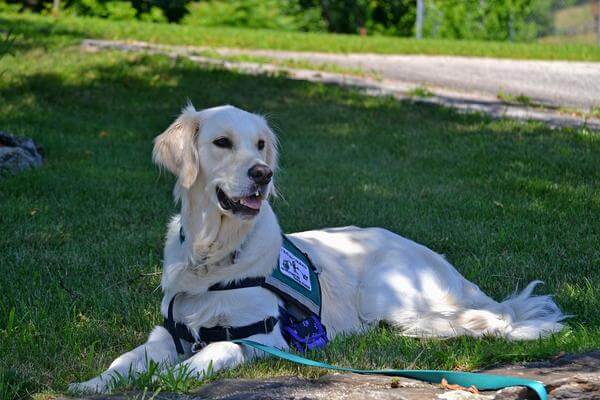
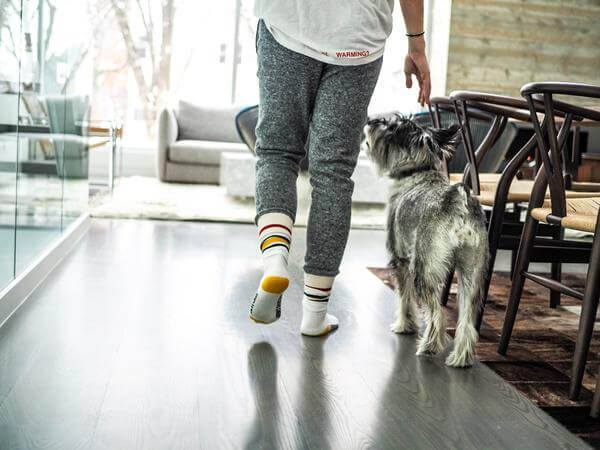












Leave a Reply